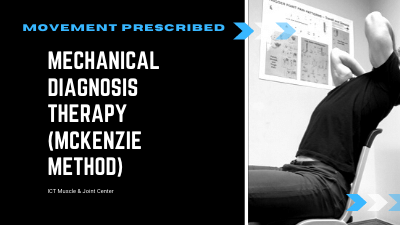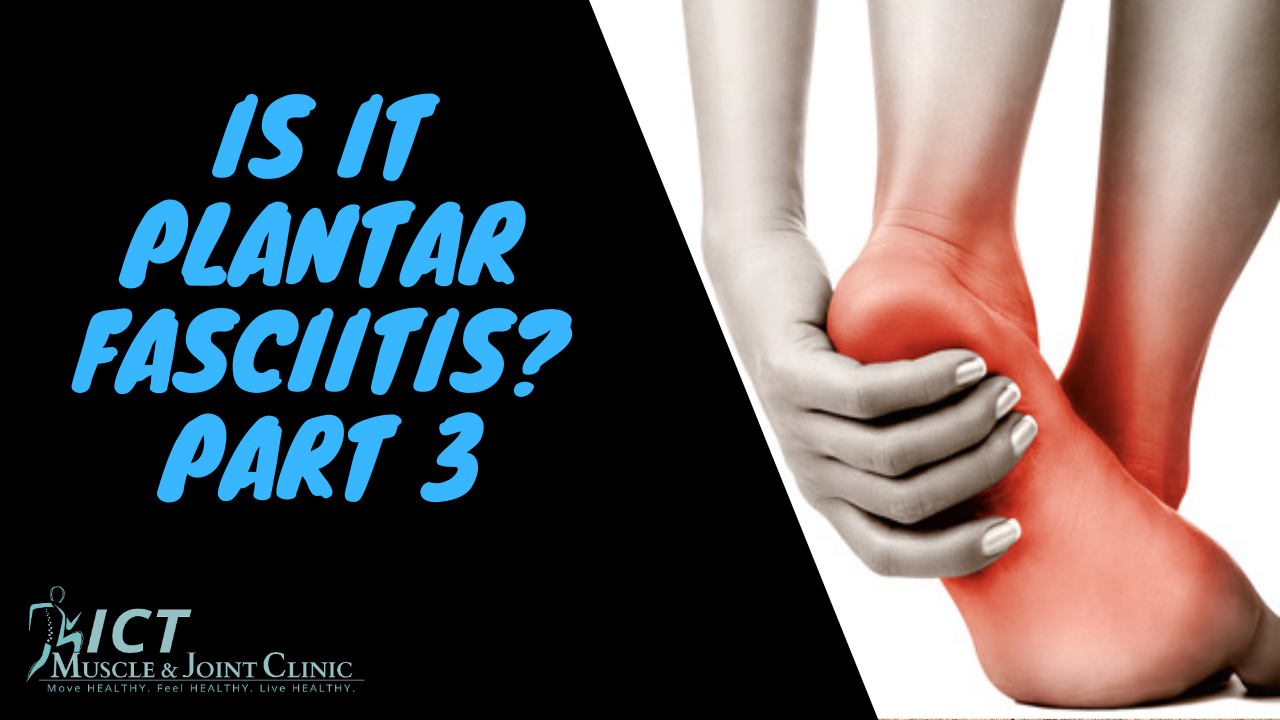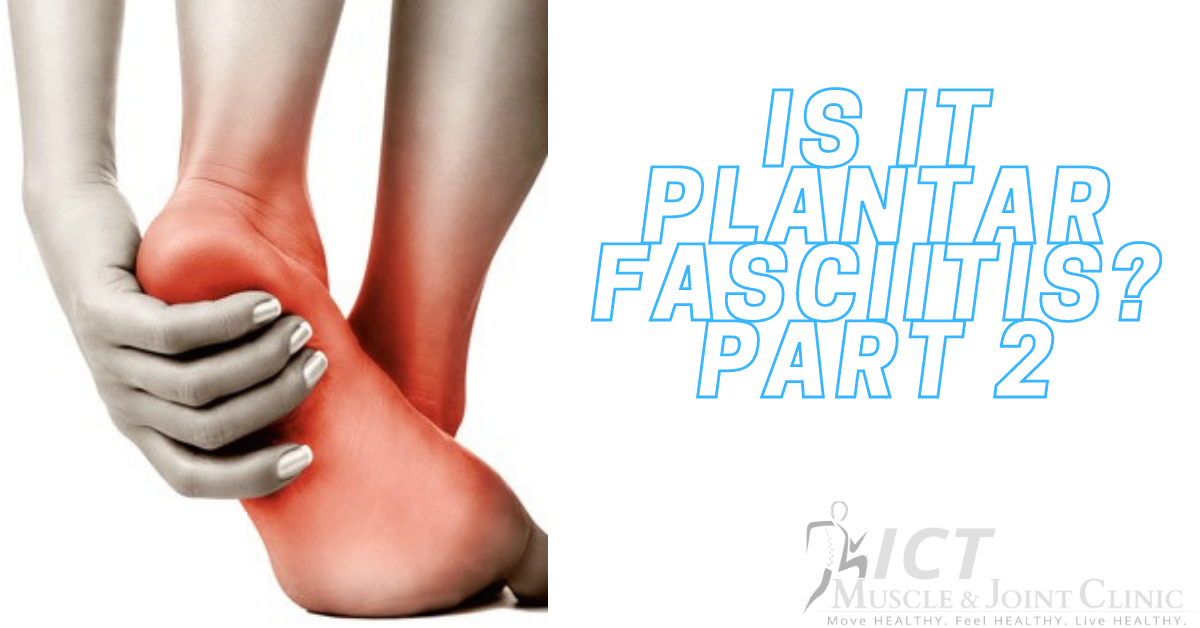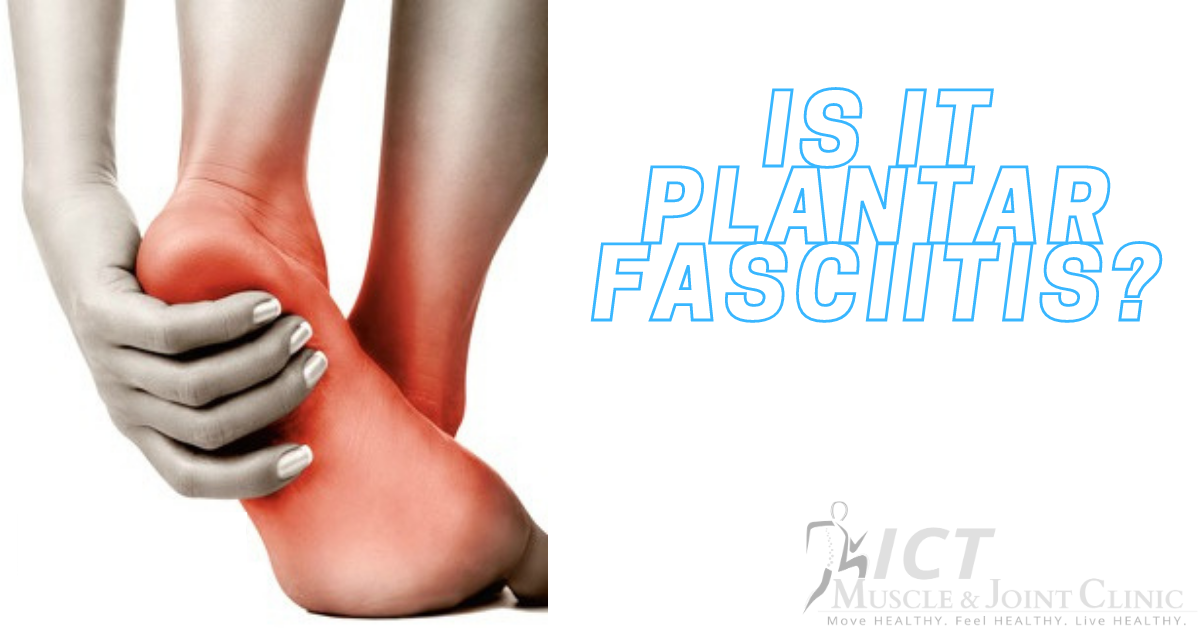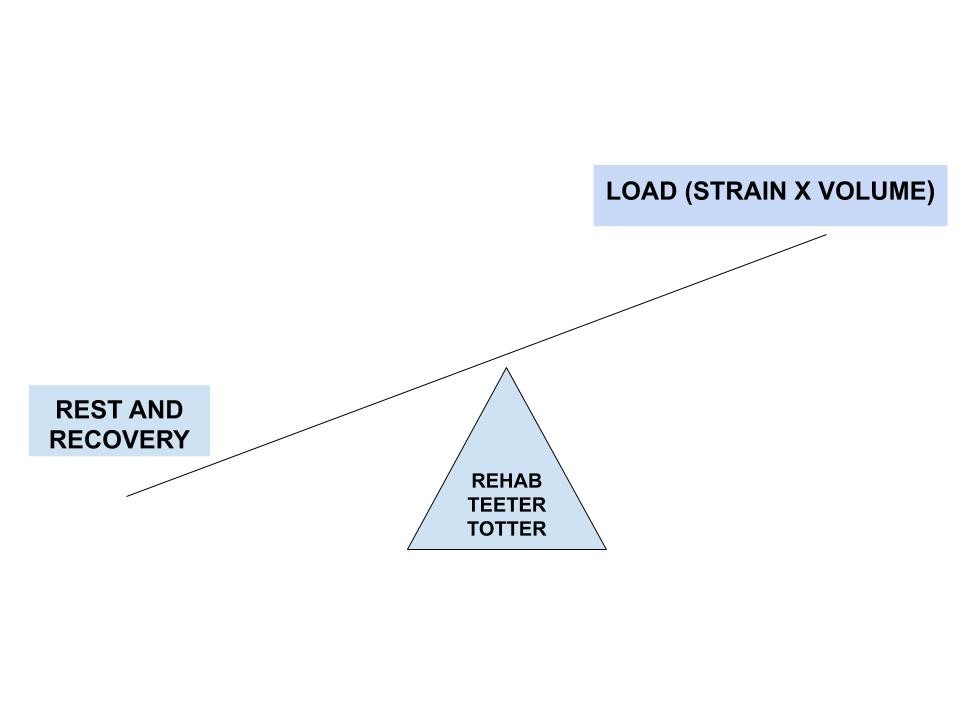What Is Mechanical Diagnosis & Therapy (McKenzie Method)?
An internationally researched system of assessment and rehab for spinal and extremity musculoskeletal pain. Clinicians that have training in the Mechanical Diagnosis & Therapy (MDT) system are able to assess, classify, manage, and properly refer out when indicated for all complaints of the musculoskeletal system. This means that if a pain complaint is coming from the spine, extremity joints, muscles or tendons, then a MDT evaluation is appropriate. A clinician with MDT training will be able to identify what management strategy is best and outline a predicted recovery plan. All using movement and patient education as a guide toward self management.

